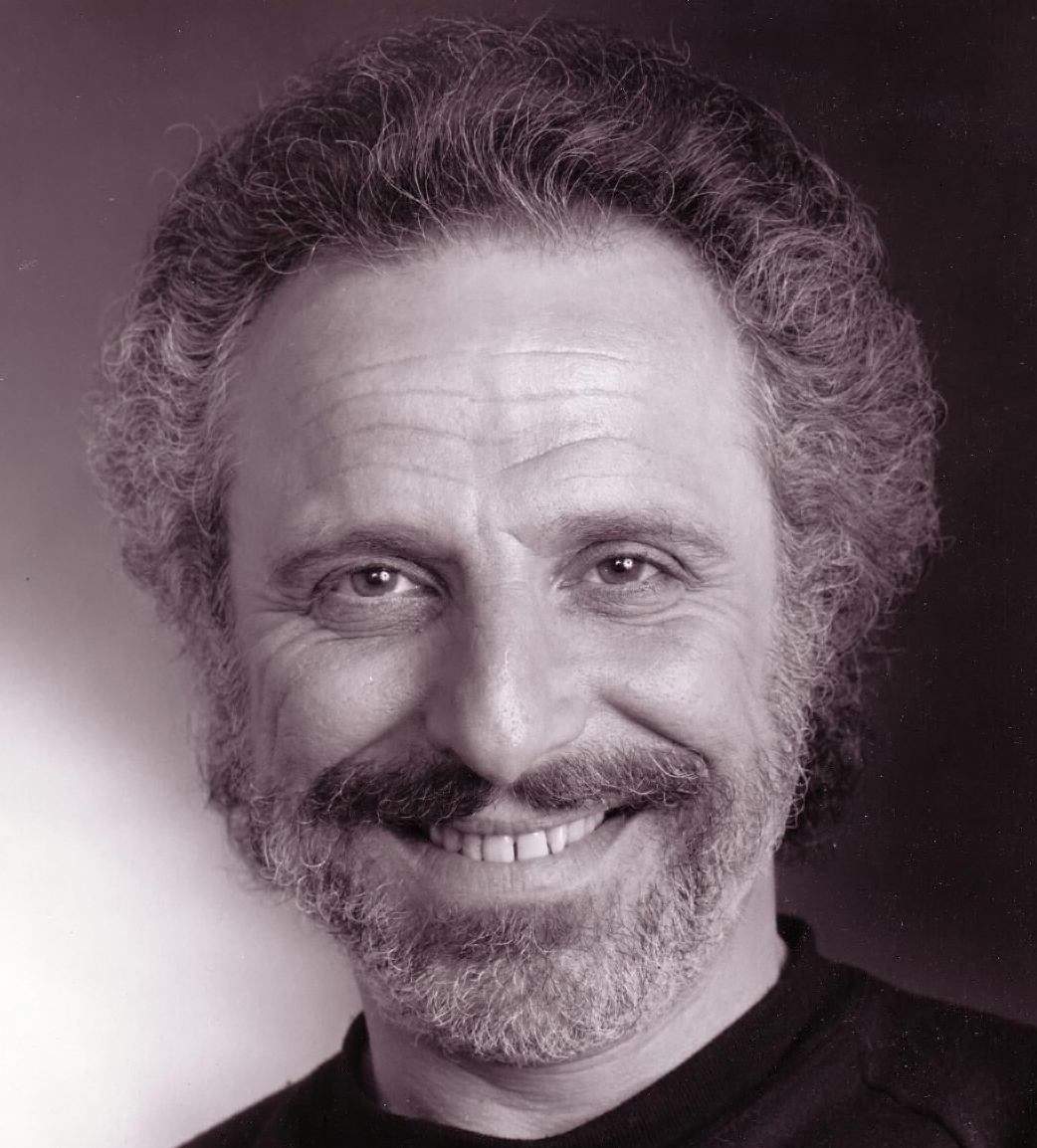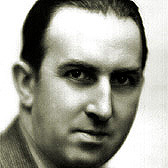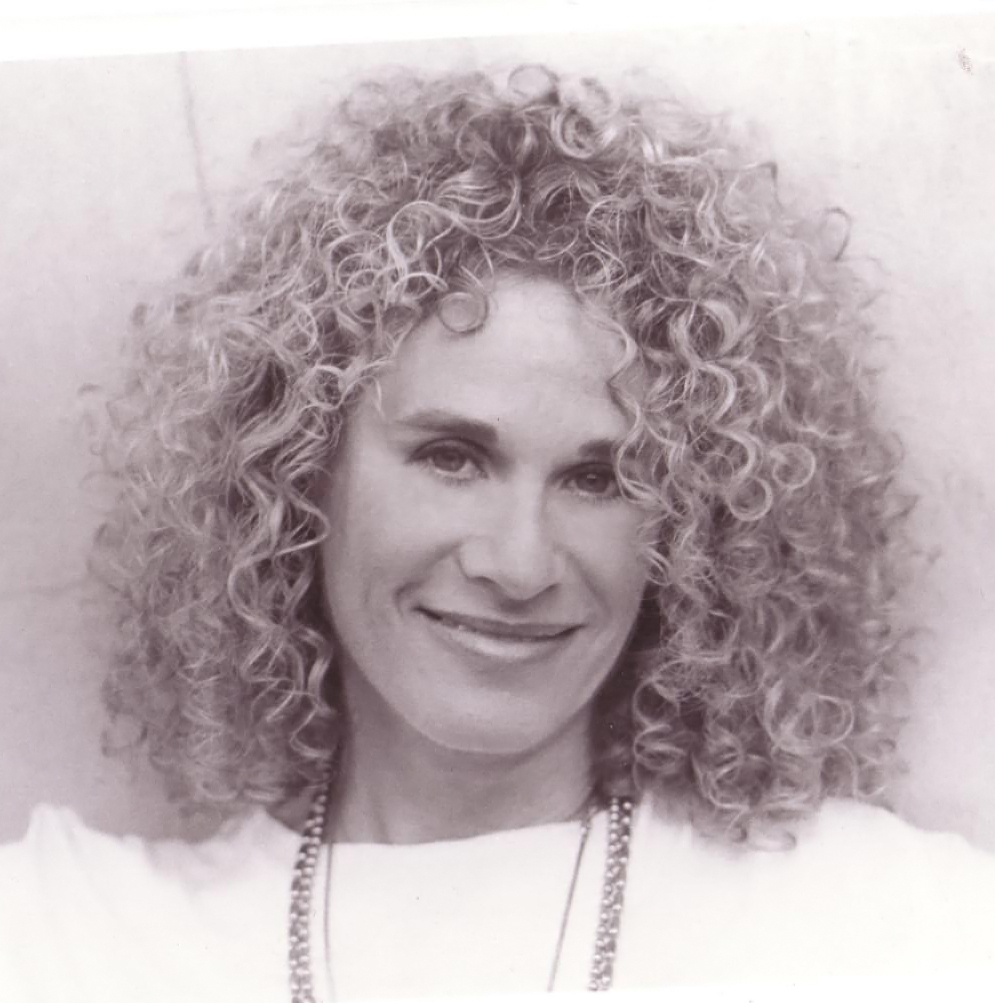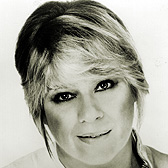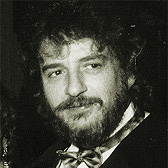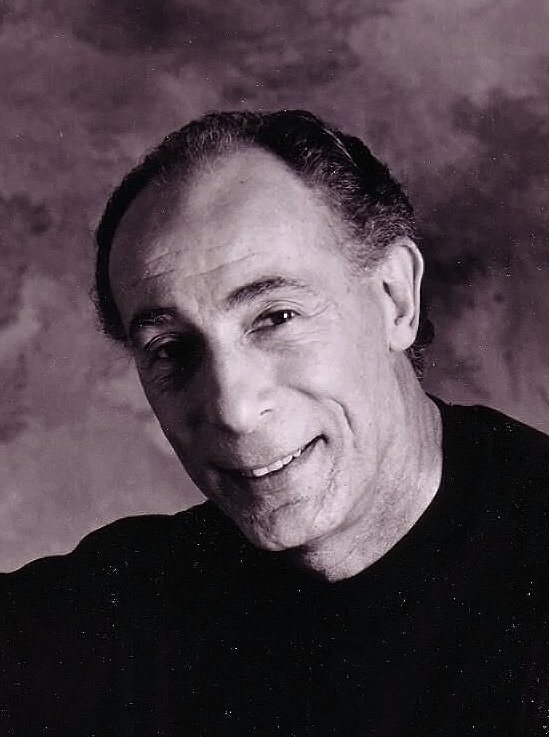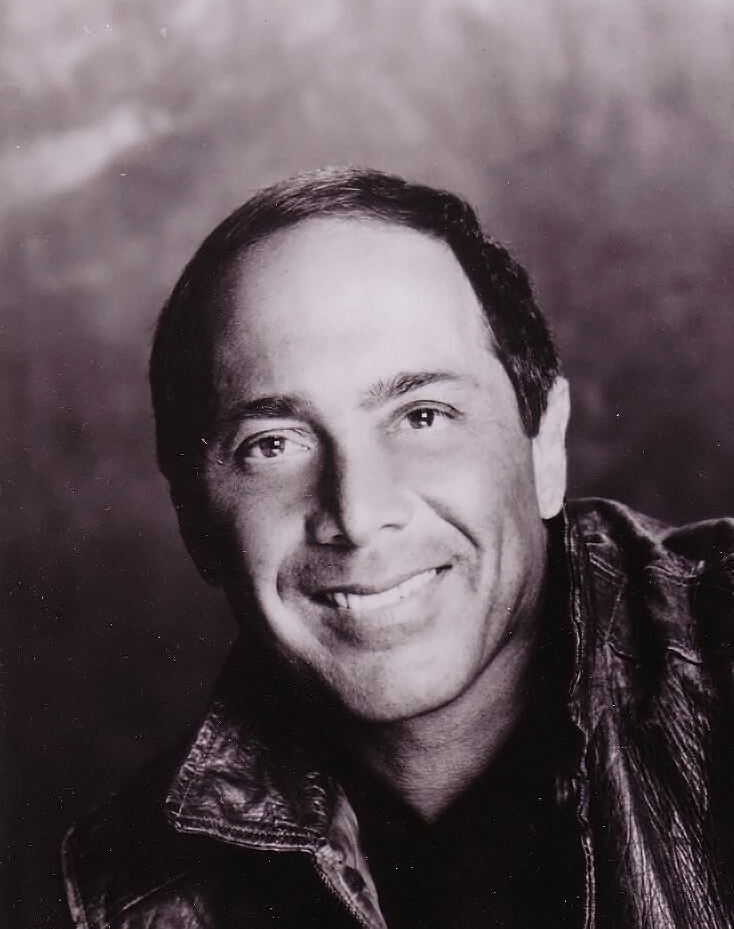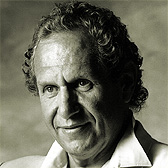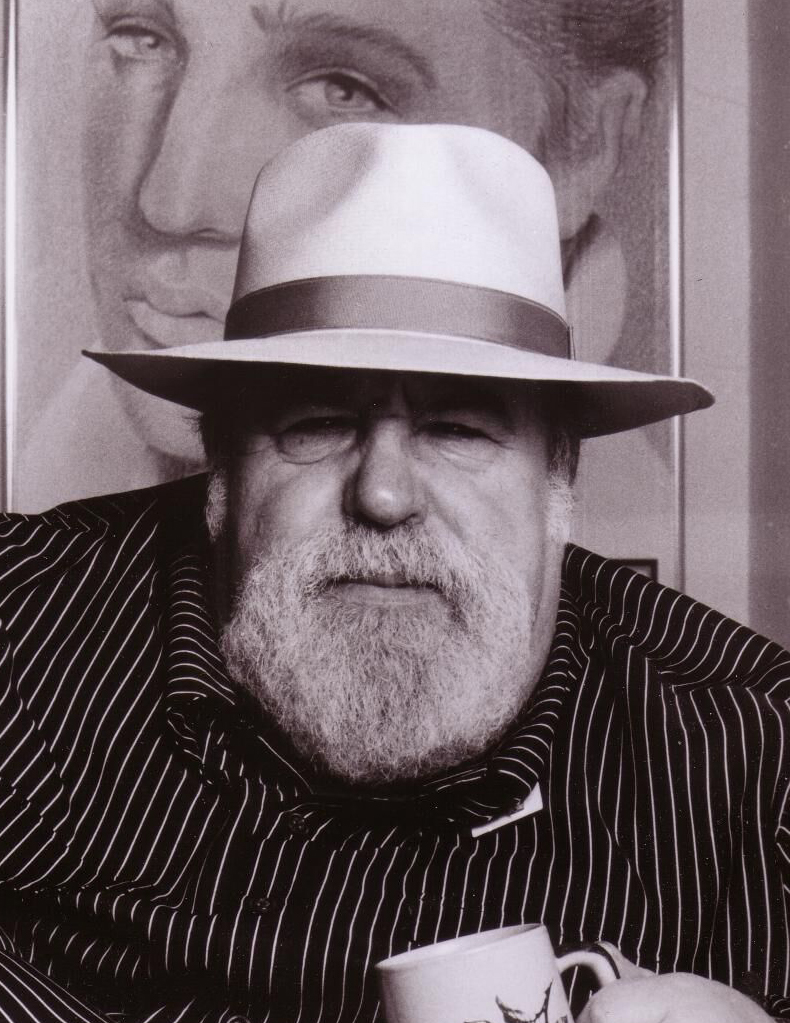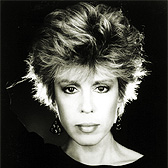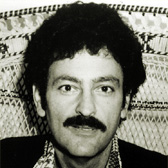
Brill Building tyro became Neil Sedaka collaborator
Howard Greenfield
InducteeGrammy Song of the Year for "The Hungry Years" (1975)
Perhaps the road to real success in the music business tends to begin in the mailrooms of corporate music behemoths. The legendary record tycoon, David Geffen, now head of his own music empire, began as a mail boy at the William Morris Agency. But the late lyricist, Howard Greenfield, before his long-term partnership with composer, Neil Sedaka, had learned his way around the mailrooms of such prominent music publishing entities as Famous Music and The Richmond Organization. Earlier, he was also employed in the non-music mailroom of the W. R. Grace Company.
Sixteen-year-old Howard Greenfield and Sedaka, who was 13 at the time, both lived in the same apartment building in Brooklyn's Brighton Beach section. However, they didn't know of each other's existence until Greenfield's mother had a chance meeting with the young Sedaka in a Catskills Mountain resort. Suggesting to the juvenile pianist that "You should meet my son; he writes great lyrics," Mrs. Greenfield arranged the meeting (in the same apartment complex) and the rest was history!
Soon, Greenfield, the budding poet, and Sedaka, the 13-year-old piano student at the Juilliard School, had become a team, and established a regimen of writing a song a day, a routine they continued for nearly two years. At the same time, they began making the rounds together in Broadway's Brill Building, one of several major centers for writers and producers of pop music. During one of their music publisher visits, they met what was to become another brilliant songwriting duo of the era, Mort Shuman and Doc Pomus, who steered them to another office in another music business center known as 1650 Broadway, where a new publishing company was just being formed by the veteran music man, Al Nevins, and his younger partner, Don Kirshner.
Hearing some of the material as Sedaka played the piano and sang, and Greenfield watched for hopeful reactions, Nevins commented, "Where did you steal these songs?" Finally convinced they were on the level, Nevins signed the pair. Thereupon, an association began which was to last, off and on, for the next 36 years, and which was interrupted only by Greenfield's death in 1986.
The new team enjoyed its first major hit in 1958, when Connie Francis recorded their song, "Stupid Cupid," into immortality. From 1959 to 1963, Sedaka became an important hit recording artist on RCA Records on the strength of such Greenfield/Sedaka songs as "Oh! Carol," "Happy Birthday, Sweet Sixteen," "Calendar Girl" and "Breaking Up Is Hard to Do."
Following the British invasion, and the attendant success of the English stars, the pair took a hiatus from the frantic pace of trying to write hit songs, with Greenfield turning his attention to creating lyrics for such television favorites as "Bewitched," "Hazel," "Gidget" and "The Flying Nun." He also became active in the world of the large screen with credits that included "The Night of the Generals," "Murderer's Row" and "Deadly Affair."
Years later, the partnership reactivated in another ambitious spate of songwriting. Greenfield, with Sedaka, enjoyed an immense new run of success, sparked by their song, "Love Will Keep Us Together", a hit not only for Sedaka himself, but for the duo, Captain and Tenille. The song actually launched their hit record career, and their version went on to be acclaimed "Number One Record of the Year," by The National Academy of Recorded Arts and Sciences (NARAS). The song itself was accorded a tribute by the performing rights organization, Broadcast Music, Inc. (BMI) as the most performed song (on radio) during 1975.


